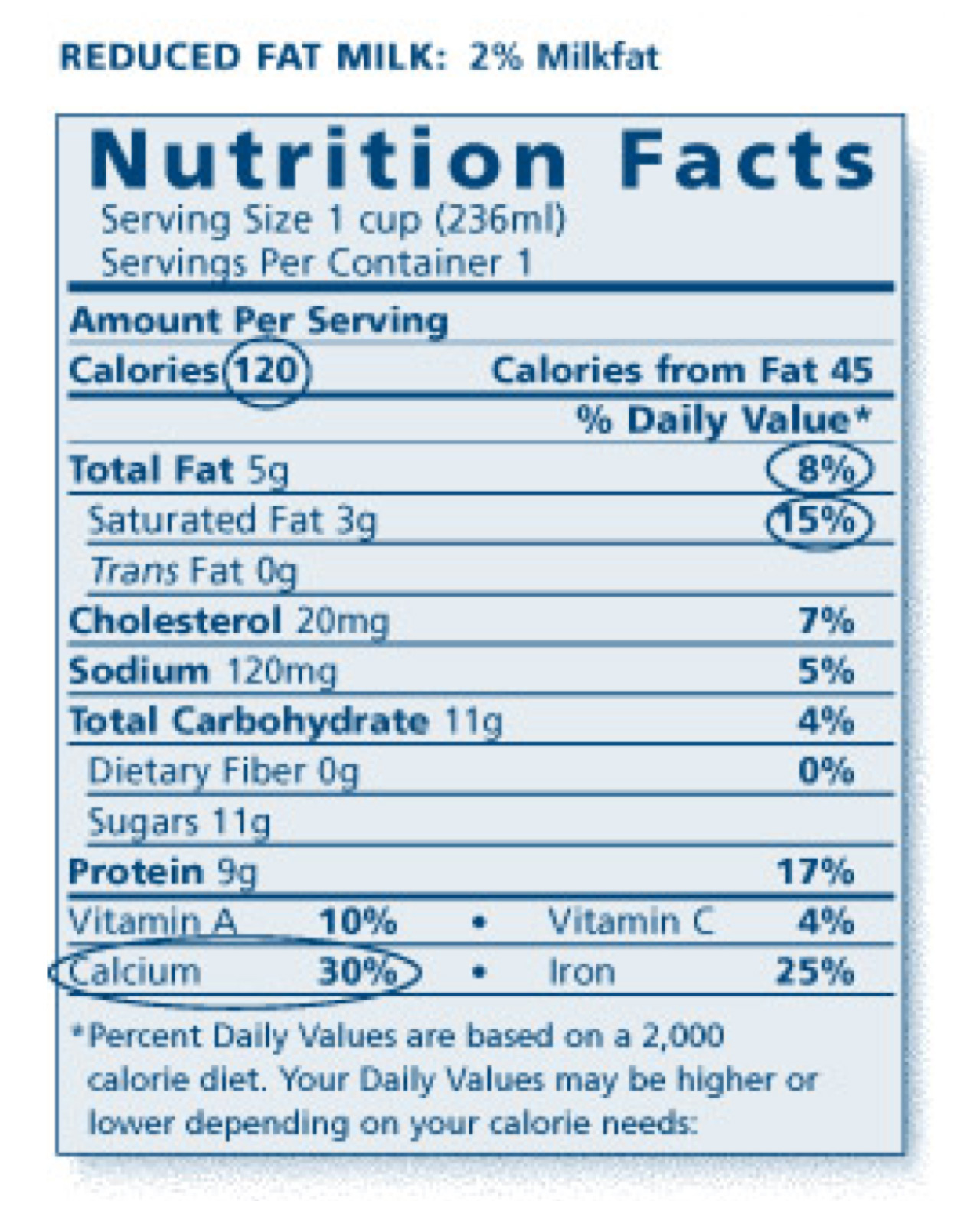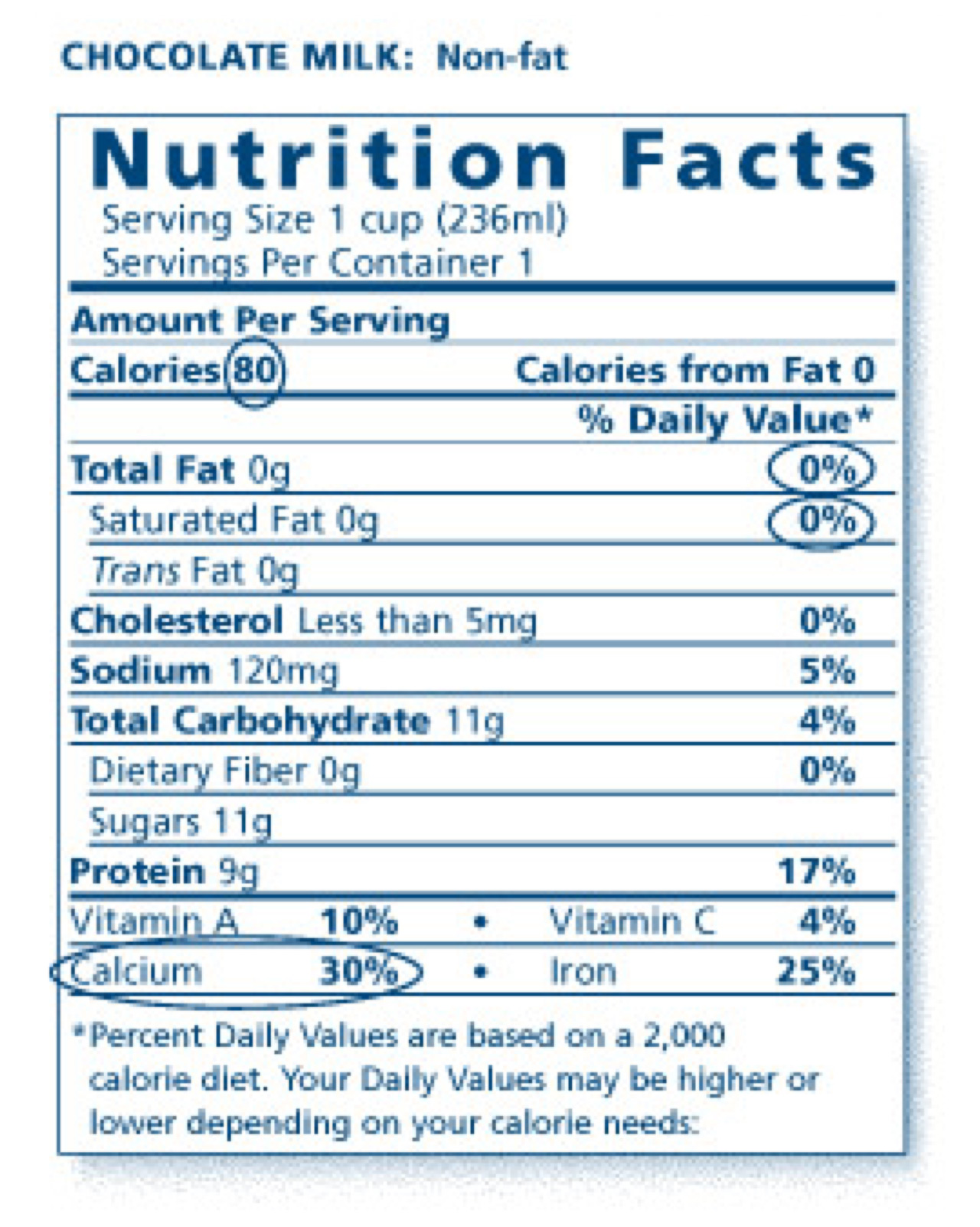
Session 14
Keep Your Heart Healthy
Being at risk for type 2 diabetes puts you at higher risk for heart attack and stroke. The good news is that you can actively take steps to protect your cardiovascular health.

Keep your heart and blood vessels healthy
Many aspects of our UPrevent diabetes prevention program overlap with the recommendations for prevention of cardiovascular disease.
These are to:
Reach and stay at a healthy weight
Choose foods that are:
– High in fiber, water, vitamins, minerals, and protein
– certain fibers like oatmeal help reduce LDL (bad) cholesterol
Be active for at least 150 minutes a week, at a moderate pace or more
Avoid sitting still for long periods of time. Take a 2-minute fitness break every 30 minutes.
If you smoke, quit.
Work with your healthcare provider to manage risk factors for heart disease and stroke
– Aim to keep your blood lipids [LDL (bad) & HDL (good) cholesterol and triglycerides] in good range
Manage stress.
Limit alcohol.
A heart-healthy lifestyle is your best defense against BOTH heart disease and diabetes.
Emma’s dilemma

Emma
The Facts About Fats:
Look at nutrition labels to know the type and amount of fat in the foods you are eating.
Saturated fat
Trans fat
Cholesterol
Monounsaturated
Polyunsaturated
Almost all foods have a combination of all of these types of the fats but vary widely in the amounts and proportions of each.
What is important to look for is which type of fat is in the highest amount and more often choose items which have a higher amount of mono and polyunsaturated fats than saturated fats.
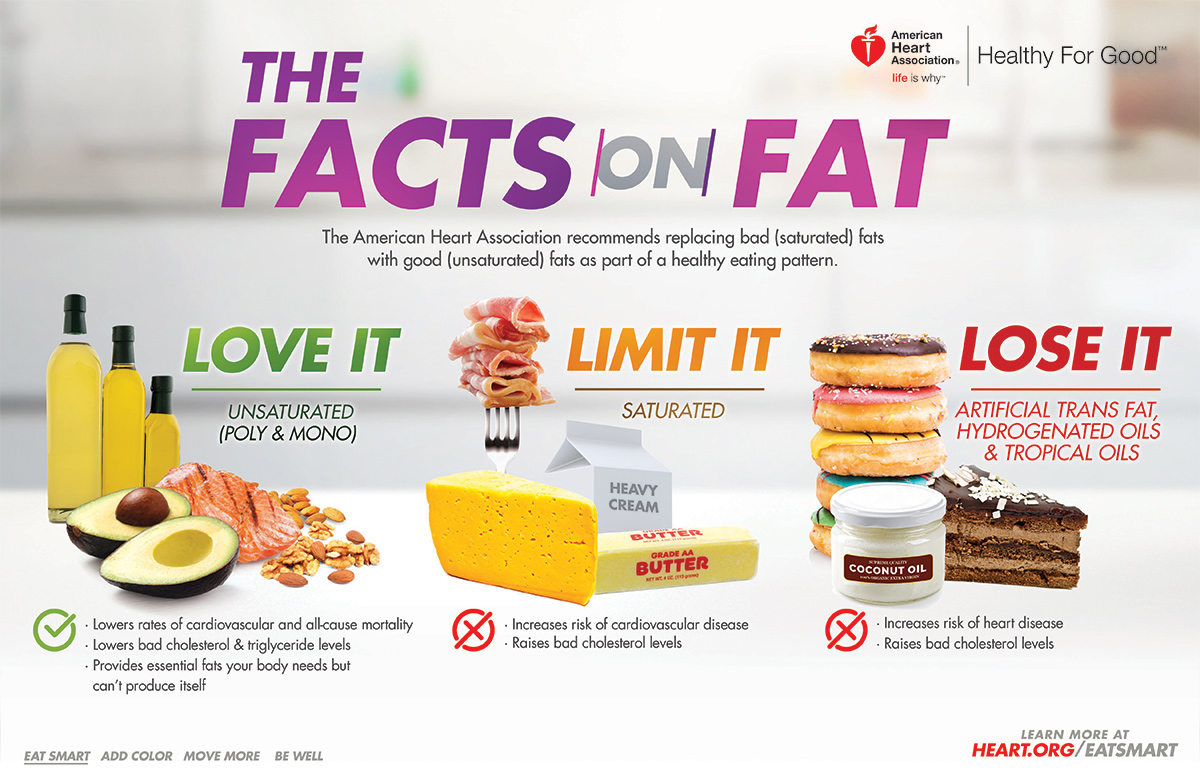
As cholesterol deposits in the arteries to form plaques, the arteries begin to narrow, which lessens or blocks the flow of blood.

Nutrition labels show the amount of each type of fat in grams (g) and the percent (%) that it contributes to your total daily allowance (% Daily Value).
You can find the % DV on the right side of the label.
Use %DV to determine if a serving of the food is high or low in an individual nutrient. As a general guide:
- 5% DV or less of a nutrient per serving is considered low.
- 20% DV or more of a nutrient per serving is considered high.
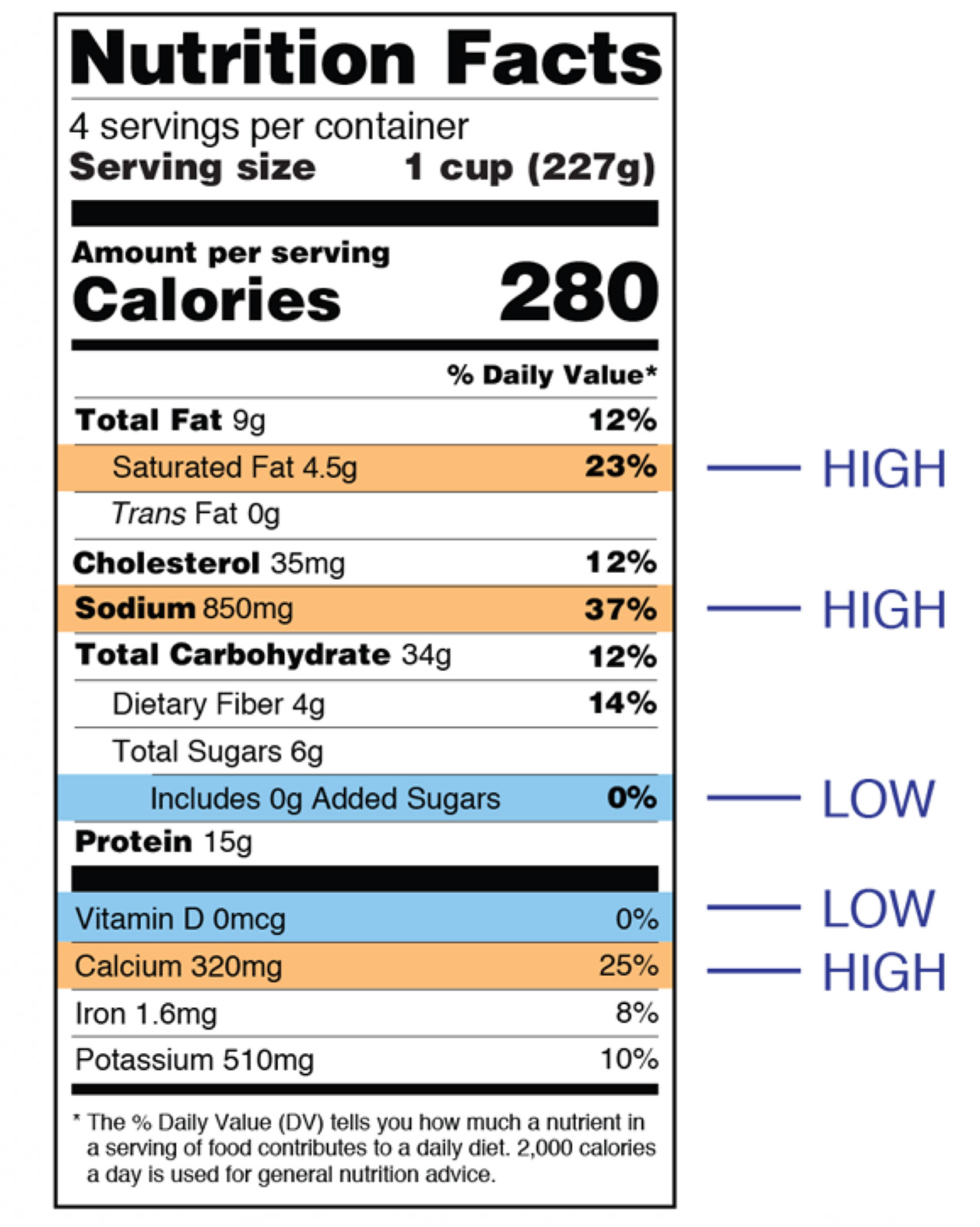

Help Emma Choose
While Emma is doing her shopping at the supermarket and comparing labels, she notices the difference between her regular reduced fat milk and a chocolate milk which she likes.
Compare the 2 labels; Which should she pick?
Although the reduced fat milk is an acceptable choice because it has less than 20%DV for saturated fat and has 30% DV for calcium, Emma would be better off choosing the chocolate milk because the reduced fat milk is slightly higher in calories and has more total fat, saturated fat and cholesterol than the chocolate milk.
Making the best choices isn’t always clear. Here are some foods that are high in fats that you might want to consider modifying.
1. Avoid Unhealthy Fats
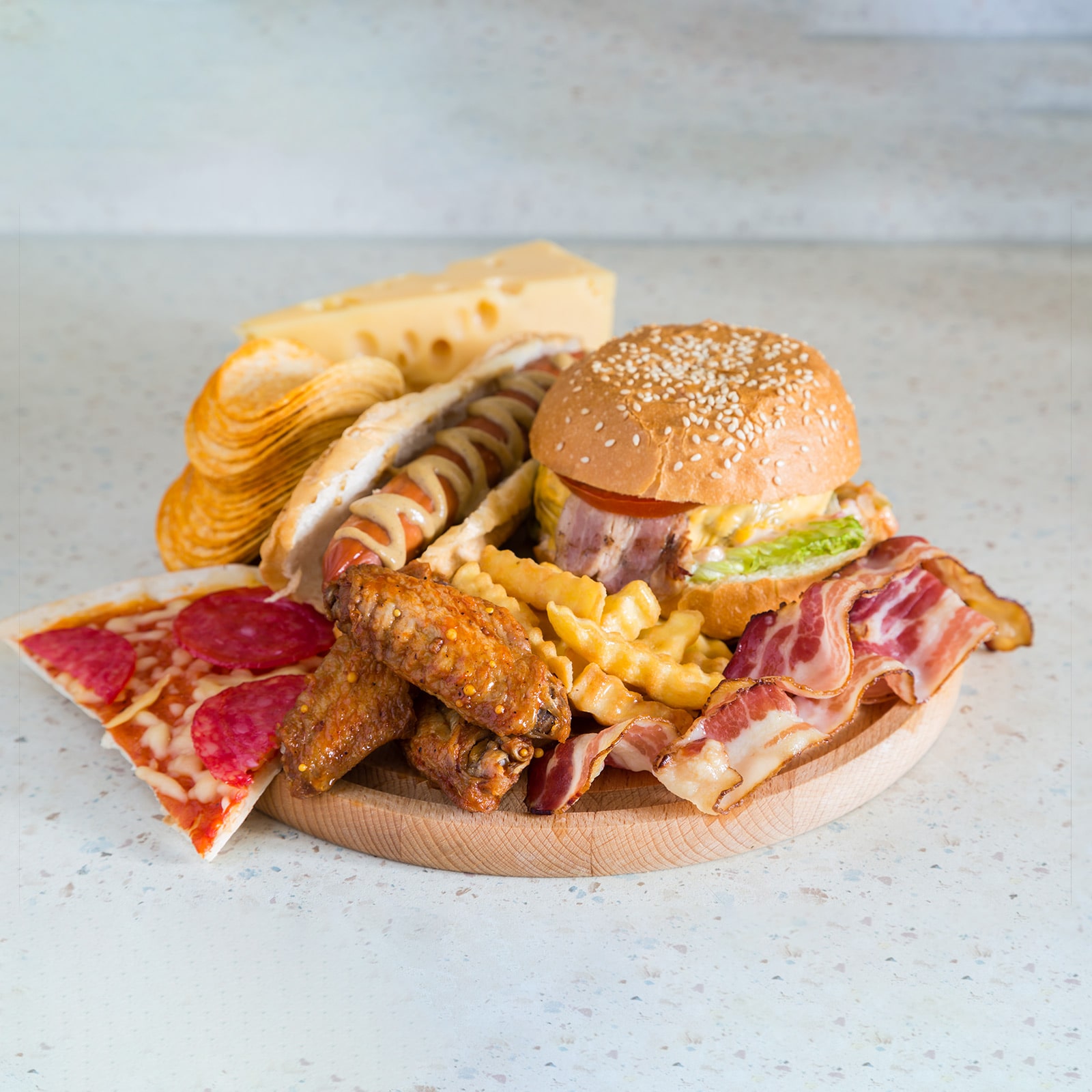
Chicken and turkey skin
High-fat meats such as regular ground beef, marbled beef, pork chops, spareribs
Processed meats such as bologna, hot dogs, sausage, bacon, and salt pork
Gravy made with meat drippings
Coconut and coconut oil
Palm and palm kernel oil
Lard
High-fat dairy products, such as whole or 2% milk, cream, ice cream, and full-fat cheese
Sauces made with butter or cream
Processed foods made with hydrogenated oil such as cookies, chips, and cakes
Shortening
Stick margarine
Chicken and turkey skin
Egg yolks
High-fat dairy products
High-fat meats
Liver and other organ meats
Shell fish, especially shrimp
2. Limit “Healthier” Fats

Avocado
Canola oil
Nuts like almonds, cashews, pecans, and peanuts
Olives and olive oil
Peanut butter and peanut oil
Sesame seeds
Corn oil
Cottonseed oil
Oil-based salad dressings
Pumpkin and sunflower seeds
Walnuts
Safflower oil
Soft (tub) margarine
Soybean oil
Sunflower oil
Albacore tuna
Herring
Rainbow trout
Salmon
Sardines
Walnuts, flaxseed, and flaxseed oil
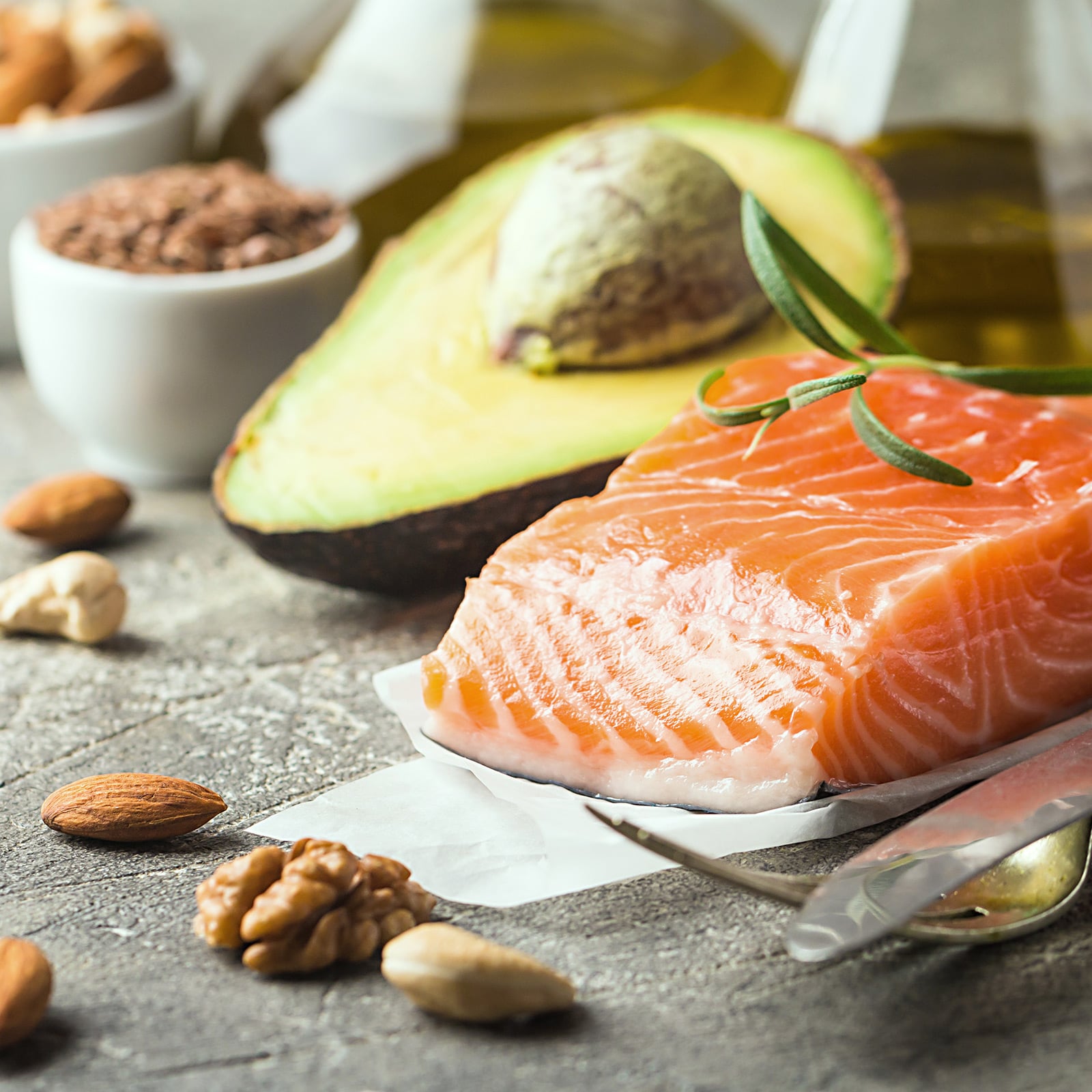
Cook it Healthy
● Grill, roast, sauté, or stir-fry in a small amount of healthy fat.
● Simmer in water or stock.
● Steam or microwave.
● Use nonstick cookware.
● Trim the fat off meat before you cook it.
● Ground-up veggies or fruit with no added sugar
● Nonfat plain yogurt
● Veggie or fruit juice with no added sugar

